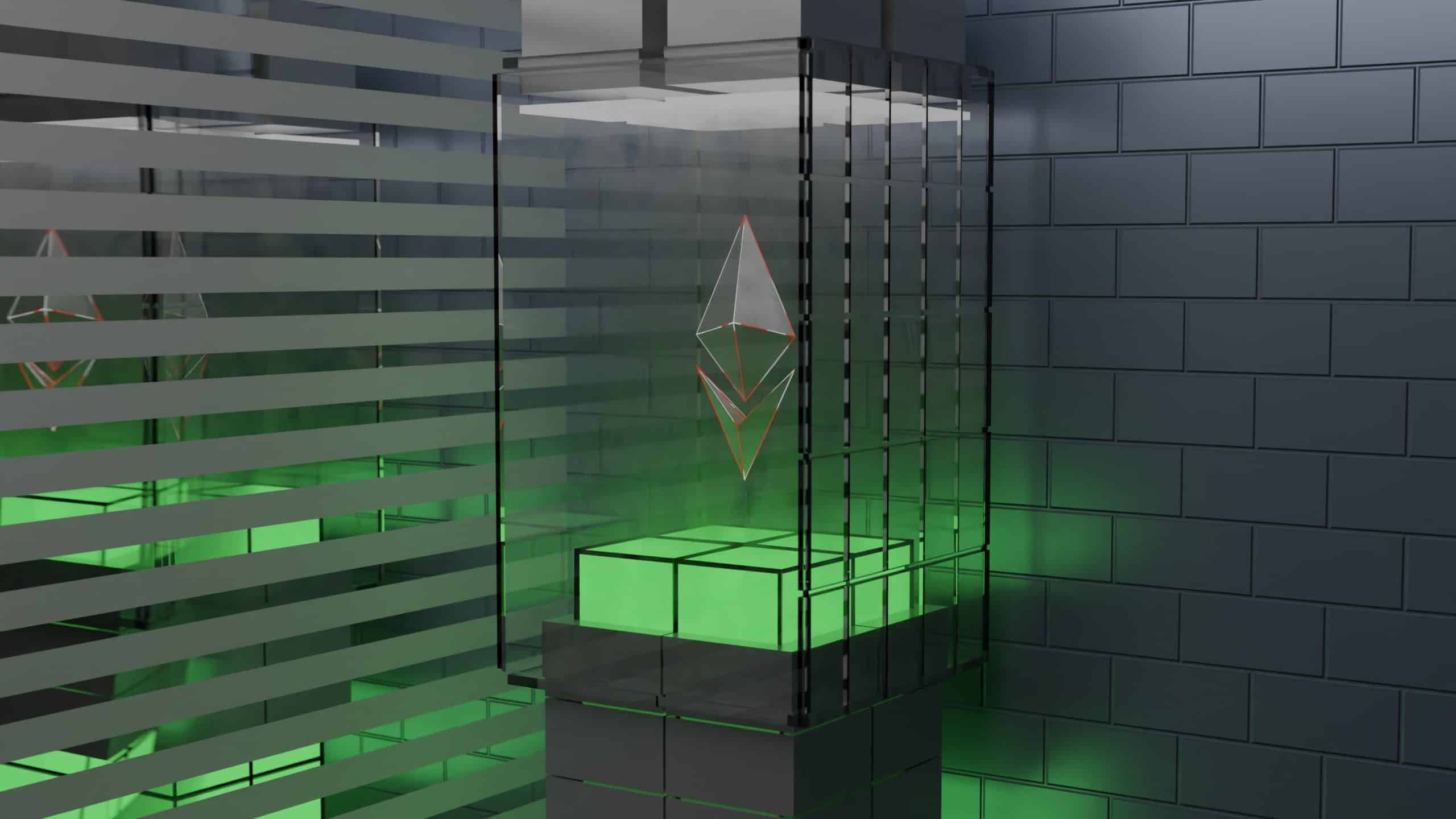Ethereum’s Sepolia Testnet Upgrades to Shapella

The Ethereum blockchain’s Sepolia testnet has been efficiently upgraded.
In an announcement on Tuesday, Ethereum developer Parithosh Jayanthi shared that the Sepolia testnet changed into upgraded to Shapella on Feb. 28.
Shapella is live and finalized on Sepolia #SepoliaShapella
Next would be Goerli, then Mainnet🦉 pic.twitter.com/NGXTW9ibDe
— parithosh | 🐼👉👈🐼 (@parithosh_j) February 28, 2023
The Shapella upgrade combines the names of Shanghai and Capella, two upcoming laborious forks that will likely be shipped in some unspecified time in the future in the fundamental half of 2023. Shanghai is the fork that corresponds to the execution layer, whereas Capella is the title of the consensus layer’s upgrade.
With one testnet efficiently upgraded, the subsequent steps are to place into effect Shapella on the Goerli testnet and the Ethereum mainnet itself.
“First time I slept through a testnet fork, on the opposite hand it went without issues from what I see on our nodes,” tweeted Ethereum developer Marius van der Wijden.
The upgrade is a necessary one attributable to it introduces the capacity for validators to withdraw their staked ETH from the Beacon Chain. It also introduces new functionalities to each the execution and client layer, alongside with 5 Ethereum Progress Proposals (EIPs).
Validators can opt to both fully or in part withdraw their ETH from the deposit contract. A partial withdrawal map they can withdraw the rewards earned from staking in excess of the 32 ETH they deposited and remain on as a validator. A beefy withdrawal, or weeding out their major staked ETH and rewards, will mean they can dwell participation and exit the network.
On the opposite hand, ETH balances on instrument wallets like MetaMask were no longer up to the moment accurately to ponder the withdrawals from the Beacon Chain, based fully on a computer virus file from Ethereum core developer Tim Beiko.
We saw this computer virus on MetaMask for the interval of the Sepolia fork, nonetheless others doubtlessly own the same pronounce. Right here's a computer virus file for them: https://t.co/1juXUAbMPq
— timbeiko.eth (@TimBeiko) February 28, 2023
“Withdrawals are processed equally to PoW emission: they are added to the addresses’ steadiness “in the support of the scenes”, on the *cease* of block execution,” said Beiko.
Source credit : unchainedcrypto.com
